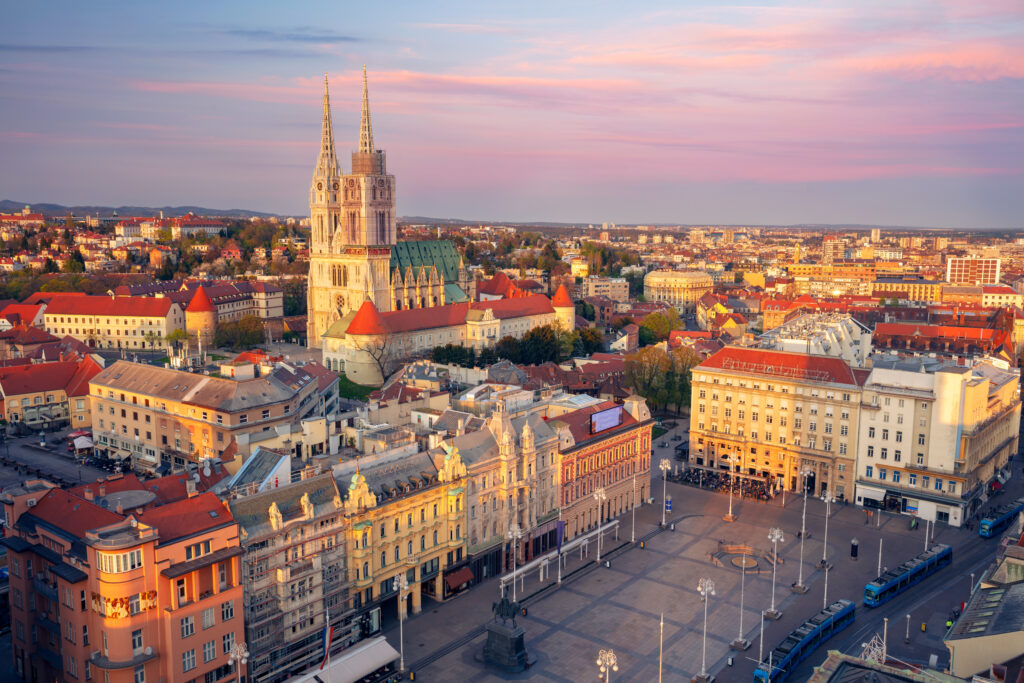
Capital of the Republic of Croatia, this typical Central European city is home to around a tenth of the country's total population, and has been its cultural and political center since the Middle Ages. It still attracts few tourists when compared with the seaside resorts and historic cities of the Adriatic coast. Yet Zagreb deserves more than just a stopover before the sea! Those who take the time to visit Zagreb will discover the city's charms and vibrant cultural life. Visitors will discover the romantic charm of its historic facades, and will be able to enter the often-open churches, visit the varied, rich or unusual museums, stroll along the green corridors of the old promenades to the botanical gardens... As you stroll through the city, you'll come across statues of historical figures on street corners, and you'll find many pleasant cafés and restaurants. You'll need at least three days to tour the city and visit its main sights. Here's a rundown of the capital's must-sees, a destination less than 2 hours' flight away.
1. Ban Jelačić Square
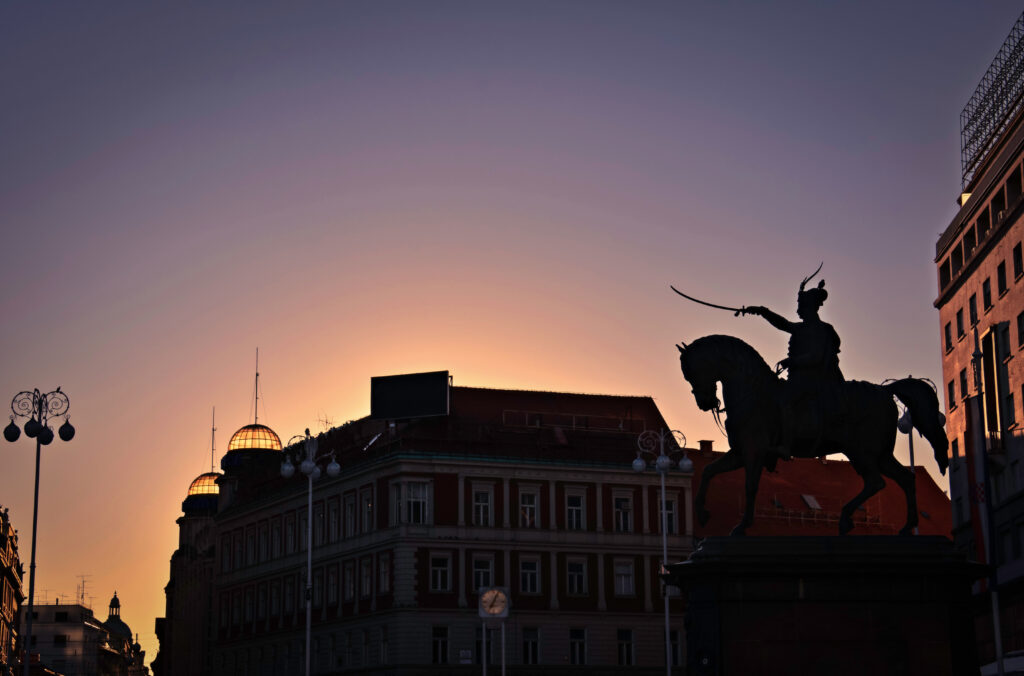
Located at the foot of the hills, the vast 17th-century Jelačić square was once the venue for fairs in the towns of Gradec and Kaptol. After the Second World War, the Communists renamed it "Republic Square", abandoning its former name. In 1991, the square returned to its original name, accompanied by the return of the equestrian statue of Ban Jelačić. Today, it is the vibrant heart of the city, with a bus and streetcar stop, lively café terraces and a variety of events throughout the year. Particularly on Saturday mornings, it becomes the capital's nerve center and the hustle and bustle reigns. A must-see when exploring the Croatian capital. Discover Zagreb on board a panoramic multi-stop bus that will take you to the city's main must-see sites by booking right here !
2. What to do in Zagreb The Strossmayer promenade
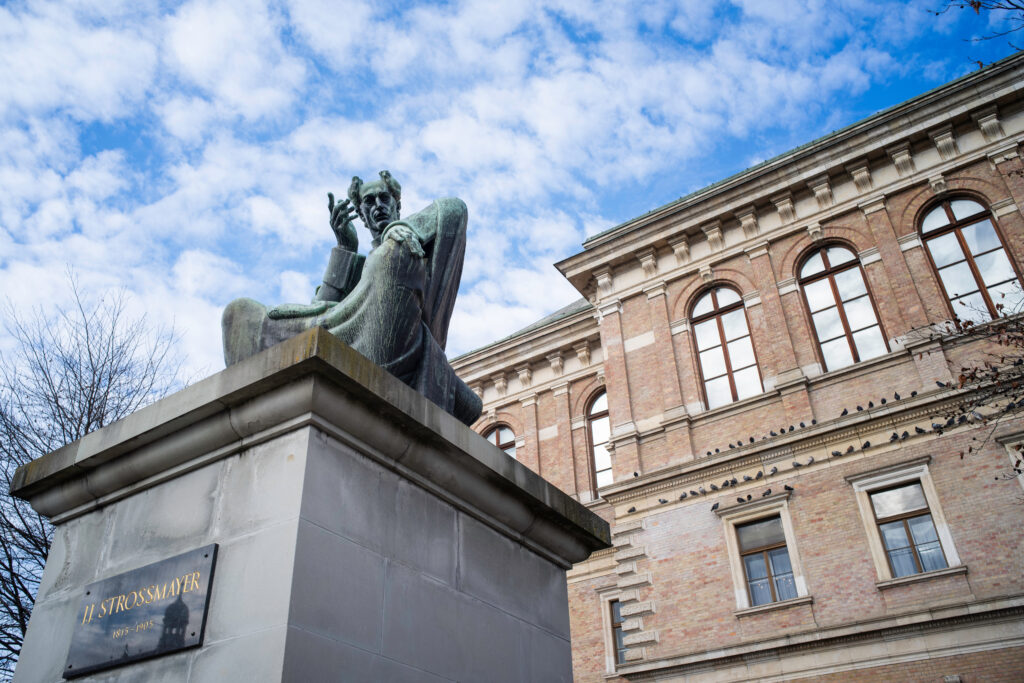
Evoking the atmosphere of Montmartre and nicknamed Strossmartre locally, this wooded avenue in the upper town was laid out in the 19th century. It's accessed on one side by a pedestrian walkway from Rue Radičeva, climbing up to the ramparts, and on the other side by a funicular or other stairs down to Rue Tomićeva. But don't worry, your efforts will be rewarded with a breathtaking panoramic view of the lower town. For a well-deserved break, visitors can settle down next to a bronze sculpture of Antun Gustav Matoš, the emblematic poet of Zagreb bohemia, which sits on one of the public benches.
Discover Zagreb's culture, history and architecture by booking this guided tour, which takes you along the Strossmayer promenade to the Zagreb viewpoint.
3. Cathedral of the Holy Assumption
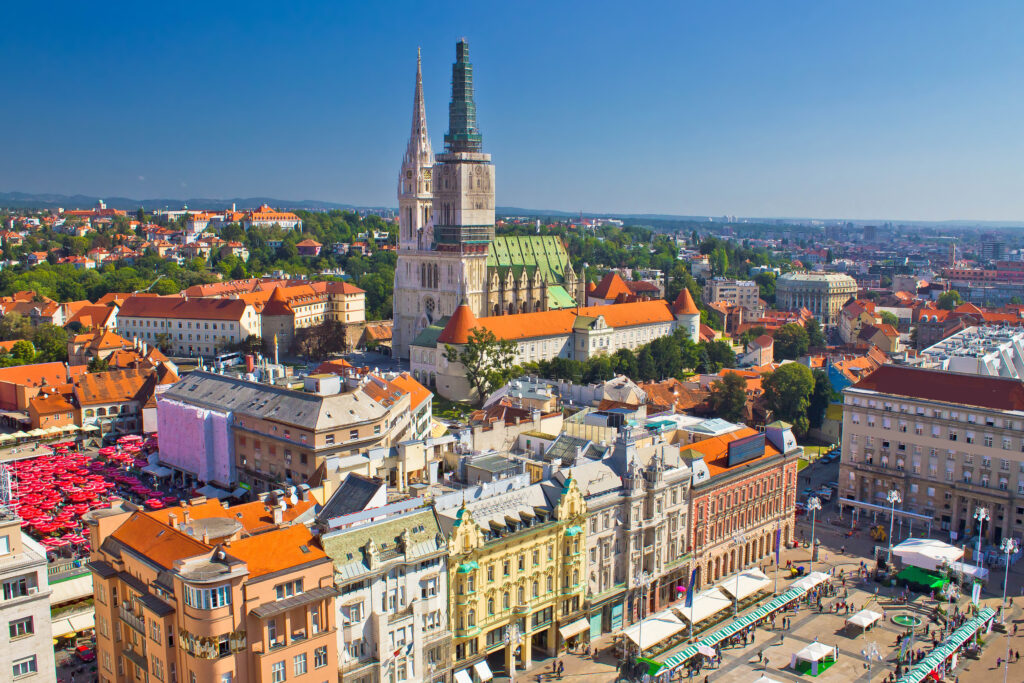
Dominated by its two bell towers, measuring 104 and 105 meters respectively, the Cathedral of the Holy Assumption is the country's tallest religious building. Originally built in the Romanesque style, the first building, erected in the 11th century, was unfortunately destroyed by the Mongol army. Following the earthquake of 1880, the city's architect, Herman Bollé, a disciple of the Viennese Friedrich von Schmidt, set about reimagining it in neo-Gothic style. The cathedral's interior is adorned with remarkable paintings and sculptures, including the Passion Triptych, a work signed by Albrecht Dürer in 1495. The cathedral also houses a priceless treasure trove, adding to its artistic and cultural richness.
4. What to do in Zagreb Visit the Mirogoj cemetery
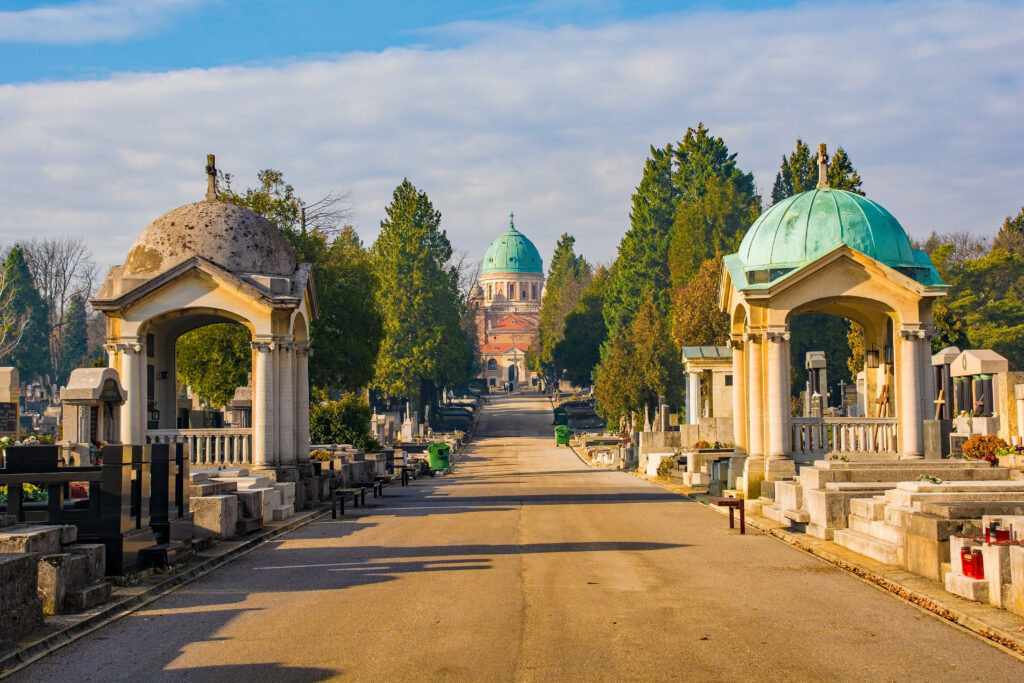
Mirogoj Cemetery is ranked among Europe's most magnificent burial sites. Designed in 1876 by German architect Hermann Bollé (1845-1926), this neo-Renaissance cemetery is surrounded by an enclosure with monumental arcades. Inside, you'll discover chapels, pavilions and century-old trees. A small guide available from the tourist office can help you locate the graves of renowned poets such as Petar Preradović and Antun Gustav Matoš, that of painter Vladimir Becić (with a bust made by the hand of Meštrović), Tuđman's mausoleum, as well as the memorial crosses dedicated to the hundreds of soldiers who fell in the last war.
5. Zagreb Archaeological Museum
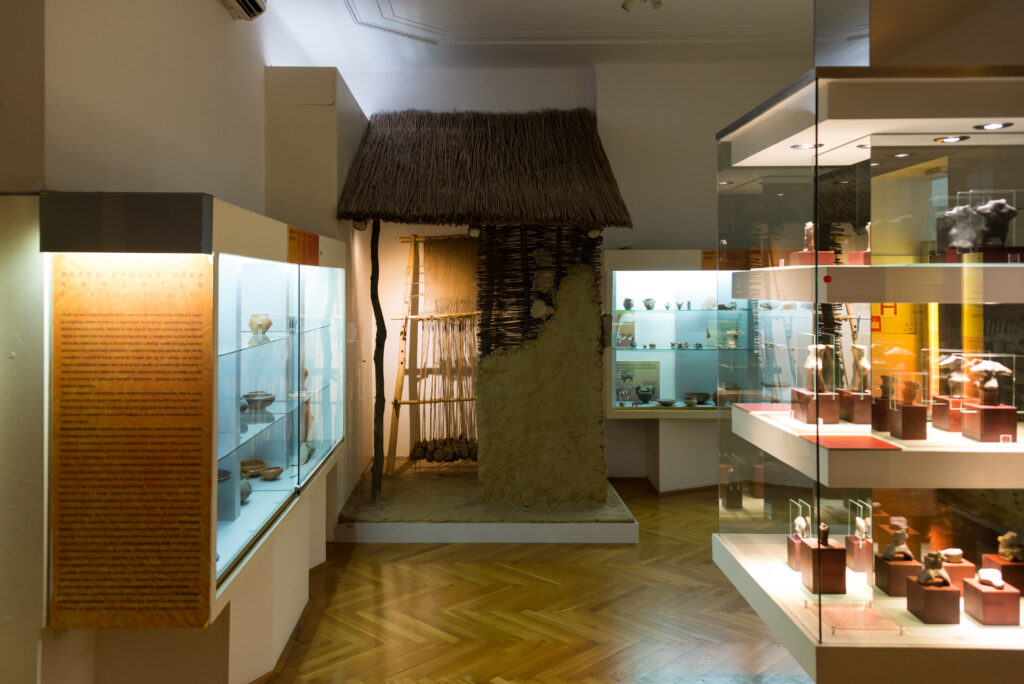
Housed in a splendid Secession-style palace, the Archaeological Museum of Zagreb, a veritable melting pot of culture(s) in the center of Croatia, brings together several collections comprising some 460,000 objects discovered in the country, covering a period from prehistory to ancient civilizations and right up to the Middle Ages. Each of the museum's departments bears witness to daily life and the history of art through the ages. In addition, the museum houses an extensive numismatic collection, as well as works by contemporary artists who find their inspiration in archaeology. In the museum's garden, a pleasant refreshment bar is nestled among sarcophagi and shafts of Roman columns, abandoned in the grass, creating a charming setting for a relaxing break.
6. Zagreb Museum of Contemporary Art
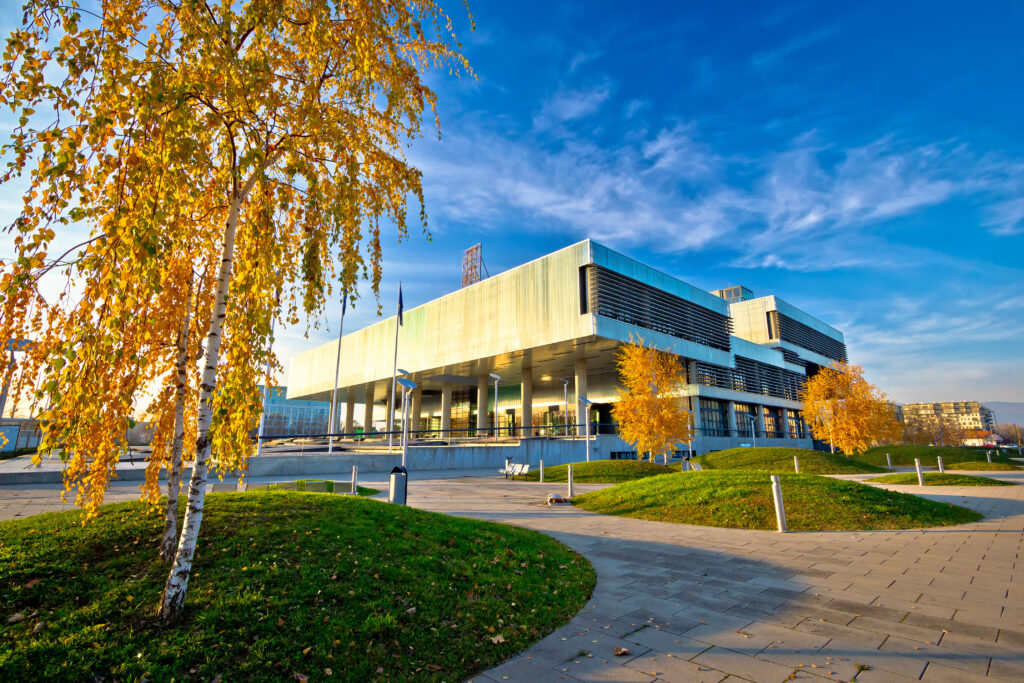
Built in the heart of the modern city in 1954, the Museum of Contemporary Art Zagreb was created during a period marked by collectivism. The building, made mainly of concrete and glass, offers a soothing atmosphere inside, with vast spaces bathed in light. Staircases, elevators and walkways lead visitors through rooms where the creative energy of modern and contemporary Croatia is on display, covering the period from the 1950s to the present day. The museum also boasts a pleasant café and a rather interesting store. In short, a must-see for contemporary art lovers!
7. The Museum of Broken Love Stories
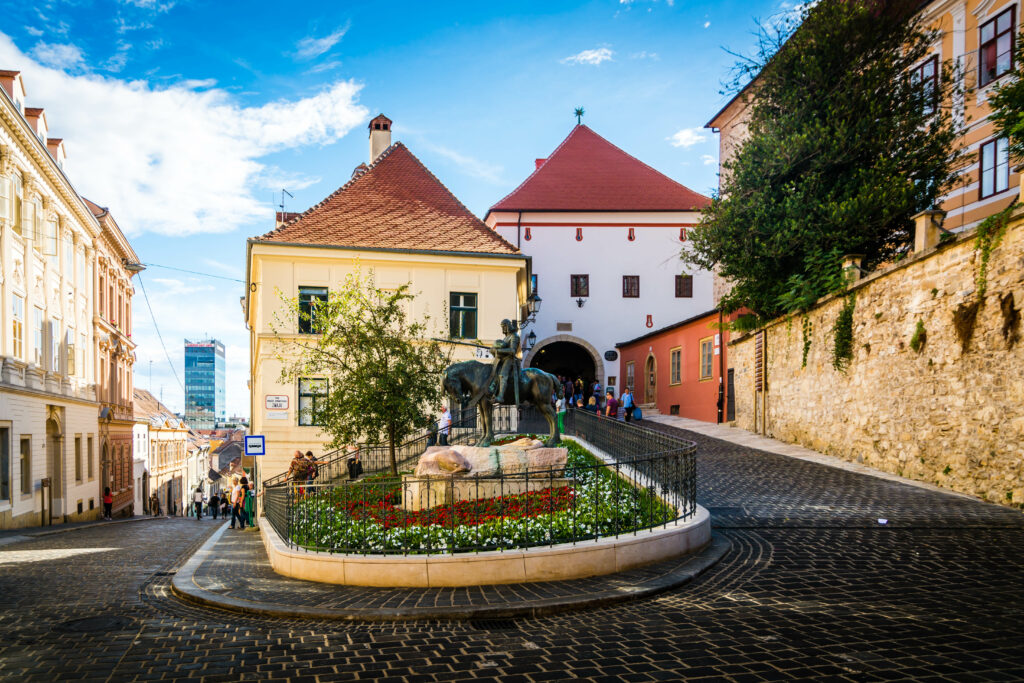
Originally intended as a simple exhibition, this venue soon became the original Museum of Broken Love Stories, one of our top 10 unusual museums. Set in the historic district, this museum experience has been enriched over time, beginning with the display of a personal object evoking a disappointed love. Gradually, a variety of relics were added, including an old bicycle, a stuffed toy, a paperback book, an axe, a handcuff key-ring and even a weeping garden gnome! On the first floor, visitors can also discover a souvenir store and a cosy tea room.
8. What to do in Zagreb Stroll through the Maksimir-Zoo park
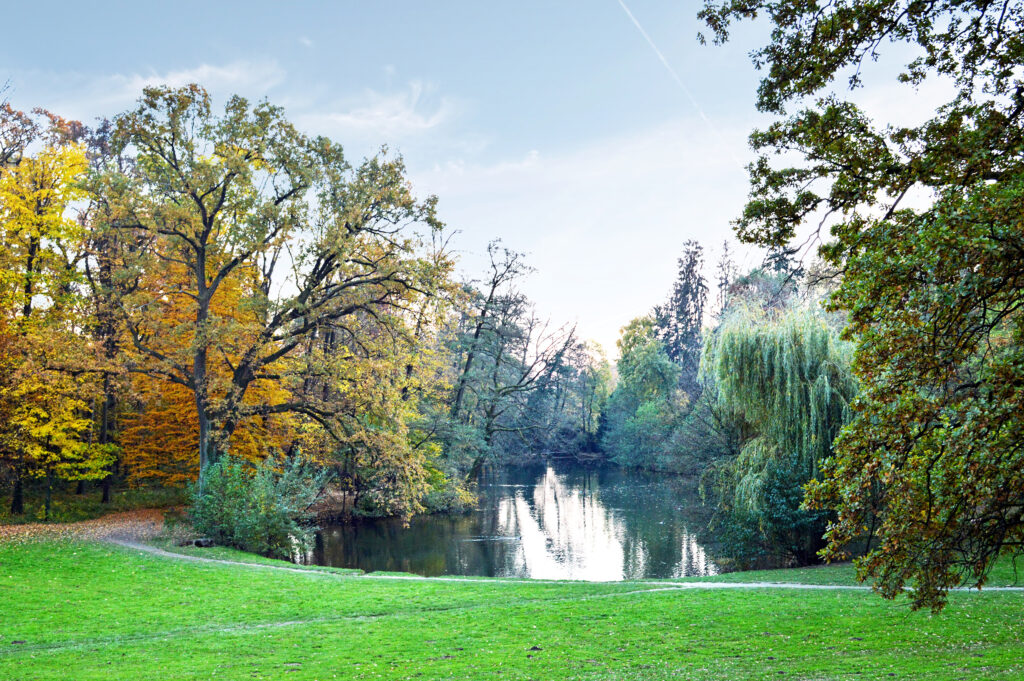
Located a few kilometers north of the Croatian capital, this vast forest, served by streetcars 11 and 12, has been transformed into the largest park in Southeast Europe. It covers no less than 18 hectares! It's a haven away from the hustle and bustle of the city, where you can relax among centuries-old oaks, lakes and streams. On a clear day, it's ideal for a half-day, a full day with picnic, or even a break at the Restoran Kod Morskog Lava. It's also worth noting that part of the forest is dedicated to a zoo, providing a great getaway for families.
9. The Croatian Museum of Naive Art

The Croatian Museum of Naive Art has taken up residence in the former princely residence of Ratkay, transforming the palace into a showcase for naive art. In Croatia, naive art is by no means relegated to the background. It represents a popular pictorial tradition that narrates the country through the eyes of painters close to the people, capturing the lives of peasants in their villages and countryside, as well as their beliefs and traditions. The collection, comprising dozens of paintings and sculptures, is presented in an immersive way across four rooms. It's a plunge into an essential part of Croatian culture and daily life!
10. The Botanical Garden
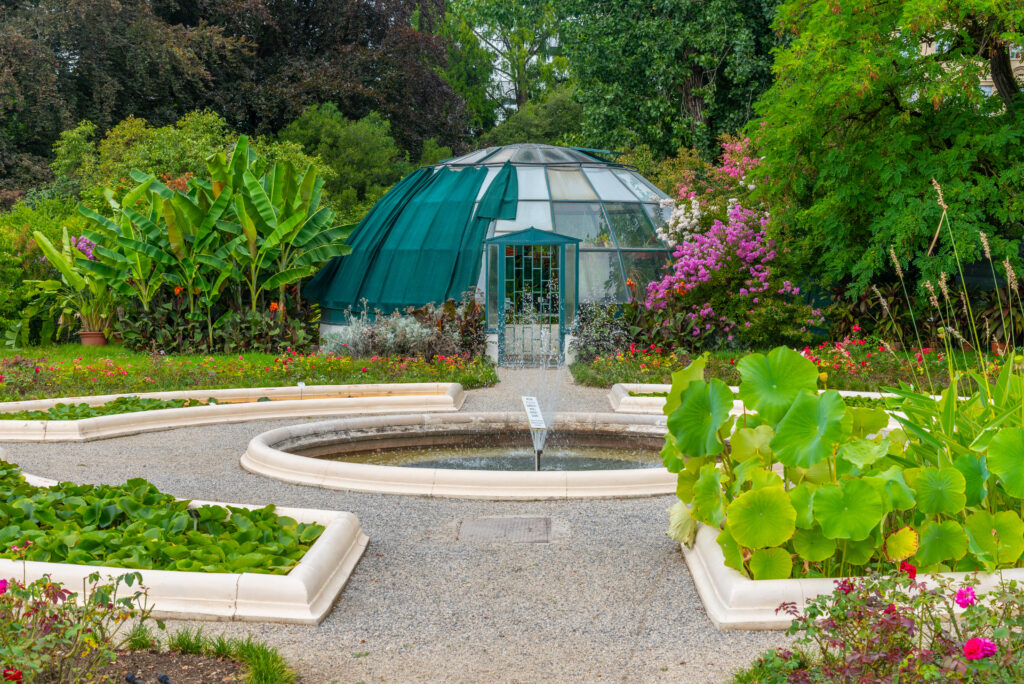
The Botanical Garden (Botanicki vrt), parallel to Rue Mihanović, was designed in 1889 by Antun Heinz. This little haven of peace reflects the aesthetics of a garden that is both English and "Asian", characterized by a Japanese-style pavilion and a floral diversity comprising around a thousand plants. Visitors can stroll along the avenues, past the two artificial lakes lushly planted with rushes, bamboo and water lilies, and follow the paths that wind past flowerbeds and formal shrubs. Please note that the park is closed during a rest period.
11. Jarun Lake (Jarunsko Jezero)
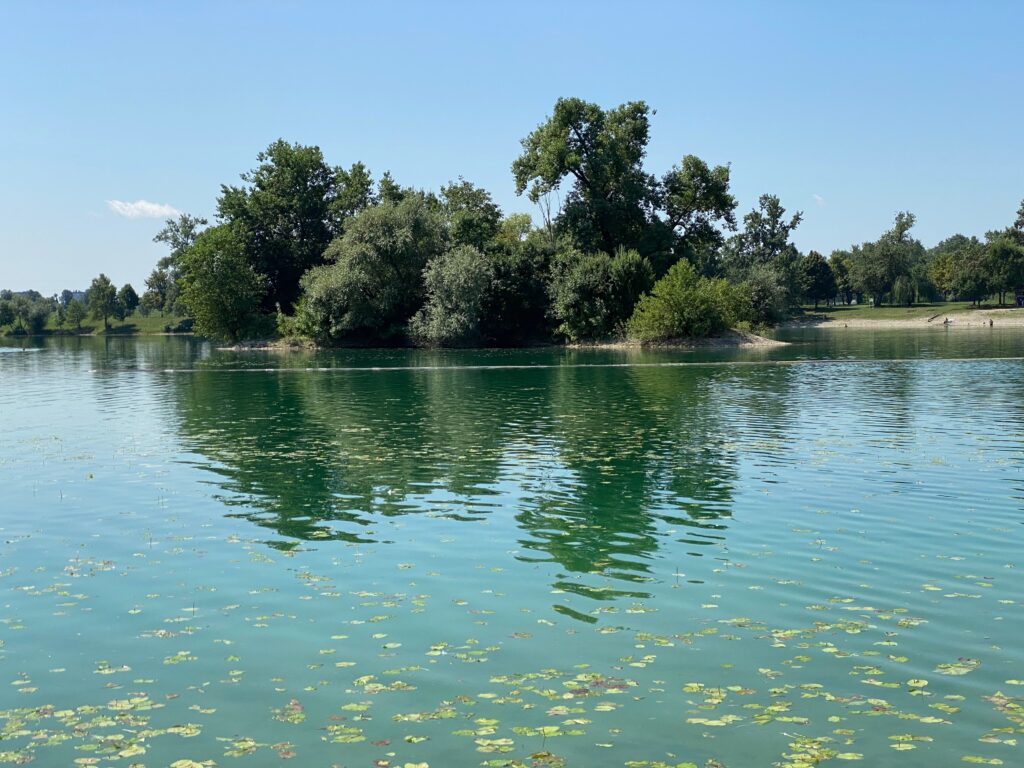
Bordering two islands, this lake has its origins in a former dam built on the Save River. The lake offers many shaded areas, and the water temperature is generally 2 to 3 degrees warmer than on the Croatian coast. Facilities include a beach with a naturist area, a park, a leisure center, a fitness trail, a yacht club, a bike path, as well as beach bars, lounge cafés and nightclubs. Finally, there's the INmusic Festival, Croatia's largest international open-air festival of contemporary music.
12. What to do in Zagreb Visit St. Mark's Church
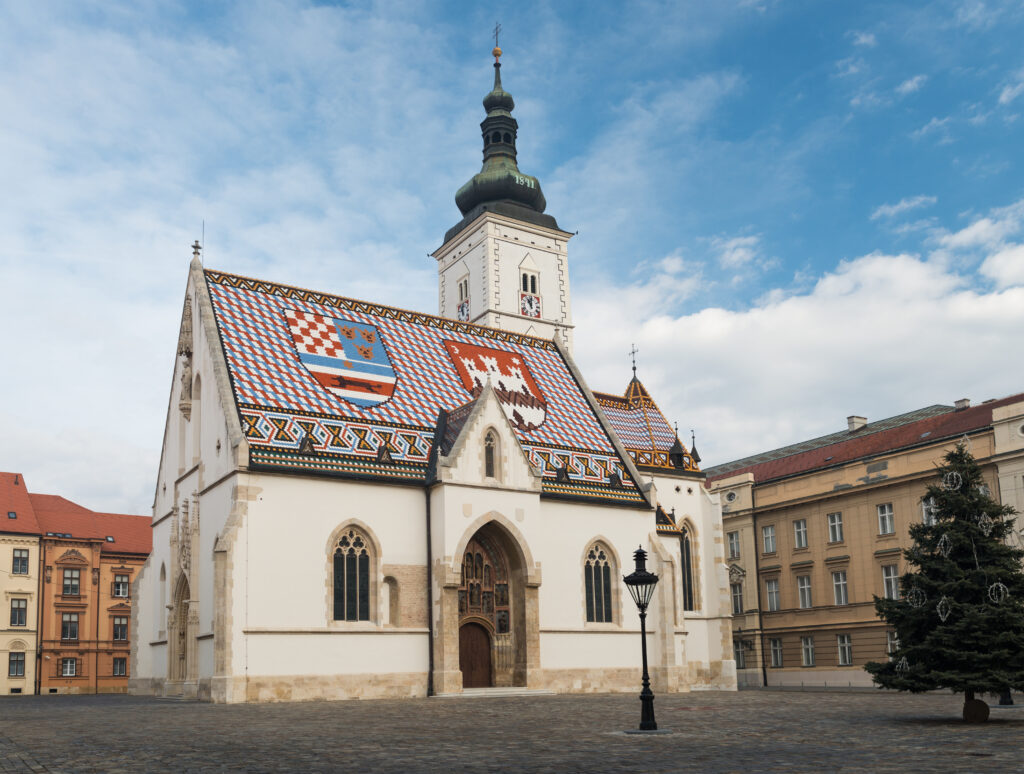
Built in the 13th century, this building has long served as a place of worship for the Gradec parish. Its architecture has undergone many changes over the centuries, most notably the Gothic portal, which is now adorned with imposing modern statues. Some of these masterpieces were made in Meštrović's workshop in the late 19th century, when the roof covering was also renovated with polychrome glazed tiles. These tiles bear the Croatian coat of arms, with those of Dalmatia and Slavonia on the left, and those of Zagreb on the right. The building's stained glass windows also date from the neo-Renaissance period.
Discover the charm of the city of Zagreb by booking this guided walking tour of the city, which will reveal the secret gems of the Croatian capital . You'll then take a funicular into the old town.
13. Secret Zagreb tours
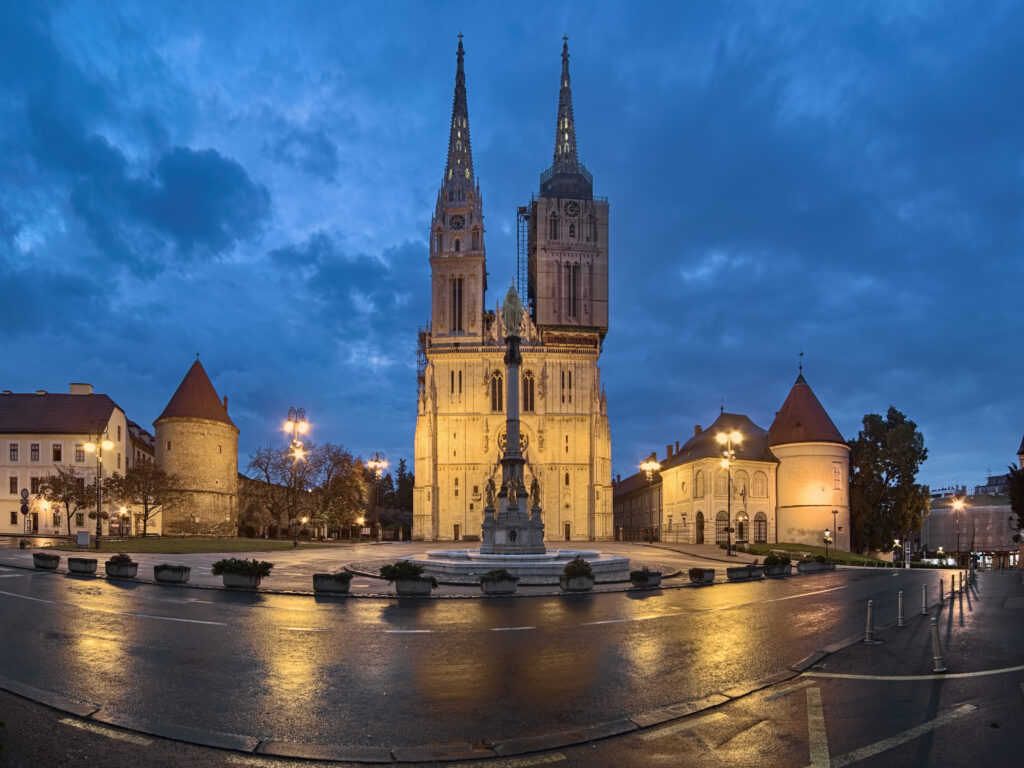
Secret Zagreb is a tourist agency offering night tours of the Upper Town. During these one- to two-hour excursions, the secrets of the district will be revealed to you. All you have to do is visit the website to choose the theme that appeals to you, then turn up at 9pm in front of the tourist office. The climb up to Kaptol takes on a particularly mysterious dimension at night. You'll also have the opportunity to discover the witches' workshop, with recipes for magic potions, gifts and amulets... An experience particularly appreciated by children and teenagers! In short, the whole family loves it..
14. Dolac market
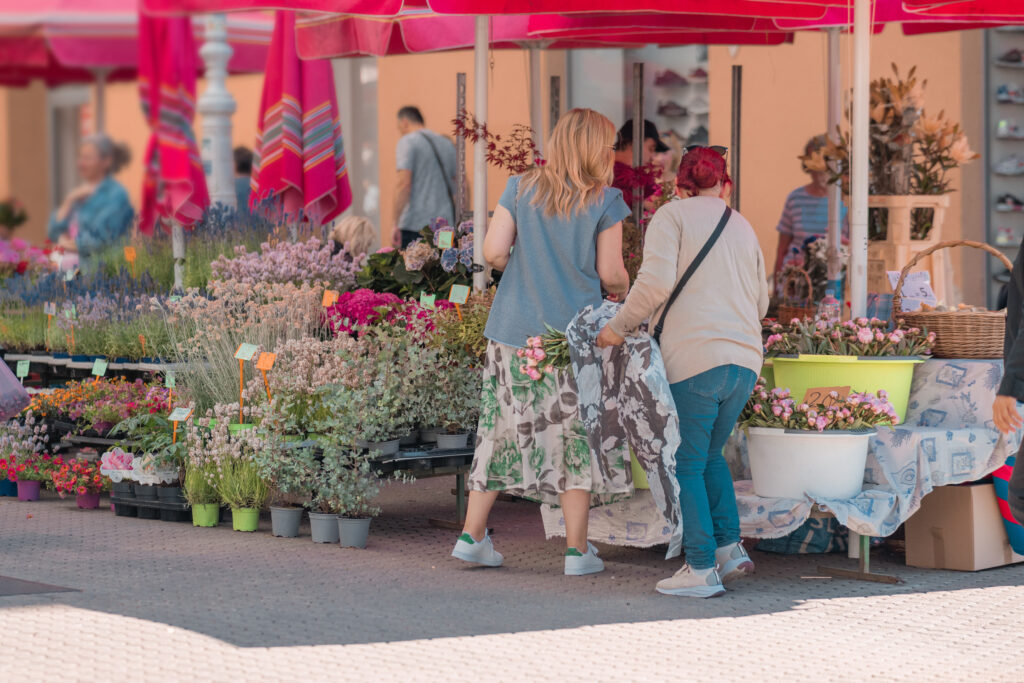
Beyond Jelačić Square, a visit to the large central Dolac Market is a must. Its roots date back to the 1930s, when the upper and lower quarters of the city were still in competition. Every day, especially on Saturdays, the market is the scene of colorful activity. Small farmers, market gardeners, butchers, fishmongers, florists, craftsmen, sundries sellers... all displaying their wares at their stalls. For those looking for a quick bite to eat, there's also a bakery serving bureks, pizzas and sandwiches, as well as a café (Broom44). Every Sunday, another option is to go bargain-hunting at the Hrelic flea market, near the Save river, as well as at the Britanski square flea market.
15. What to do in Zagreb Discover Croatian gastronomy

Nestled between two major cultural influences, the Mediterranean and Central Europe, Croatian gastronomy is distinguished by its diversity. Inland, in the east and north of the country, Slavic, Hungarian and Austrian influences blend to create a rich cuisine, where root vegetables, legumes, cabbage and starches harmonize with cheeses, cured meats, charcuterie and smoked meats. On the Adriatic coast, centuries of Venetian domination have left their mark. Fish, lamb, dried peas and seasonal vegetables are prepared with olive oil and aromatic herbs. As for pastries, the emblematic licitar, a gingerbread heart, embodies the end-of-year festivities... Enough to keep your strength up before heading off to one of Europe's top 10 party cities.
What to see in Zagreb in 2 days?
Zagreb only reveals its secrets to those who take the time to visit it. For those in a hurry, two or three days are enough to get a good overview of the center.
Day 1. Arrival in Zagreb. The first day will be devoted to visiting the old quarters, Gradec and Kaptol, and the museums, with lunch breaks in the center where bars and restaurants abound. If the weather is fine, you can spend the evening at Lake Jarun, the lively green district favored by Zagreb's youth.
Day 2. On to the lower town of Zagreb. First, take a stroll along the green alley. The squares, the municipal theater, the railway station and the botanical garden are all part of this historic district. In the evening, enjoy a cultural or festive outing (opera, theater, concert, club, see the agenda at the tourist office).
Where to stay in Zagreb?
When it's time to book a hotel room, while party-goers will head for the Jarun district, the vast majority of visitors will stay in the historic center and the Kaptol district.
- The cheapest -HOSTEL SWANKY MINT
This former factory has been completely transformed into a new-generation youth hostel. We love the sunny terrace overlooking a vegetable garden, and the outdoor kitchen. Click here to to book your stay!
- The branch hotel - the TIMEOUT HERITAGE HOTEL ZAGREB
This central hotel, which you can book here is appreciated for its rooftop bar, open to all, as well as its restaurant on the first floor. Factory design and a festive atmosphere are the order of the day.
- The most luxurious -HÔTEL ESPLANADE
Built in 1925 and formerly known as the Regent, the Esplanade is Zagreb's most luxurious historic hotel. International celebrities and aristocrats from the Orient Express have stayed here. Click here for for rates and availability!
What to do around Zagreb
In addition to Zagreb's city center, don't miss the Mirogoj cemetery, Lake Jarun or Maksimir Park, just a few kilometers away. In the hinterland, excursions to the hilly northern regions, Trakoscan Castle, the Samoborska Mountains, the Međimurje region and its wine route, and the baroque town of Varaždin are must-sees around the capital. The capital is, of course, a perfect gateway to the rest of the country. Take a look at our 20 must-visit places!


